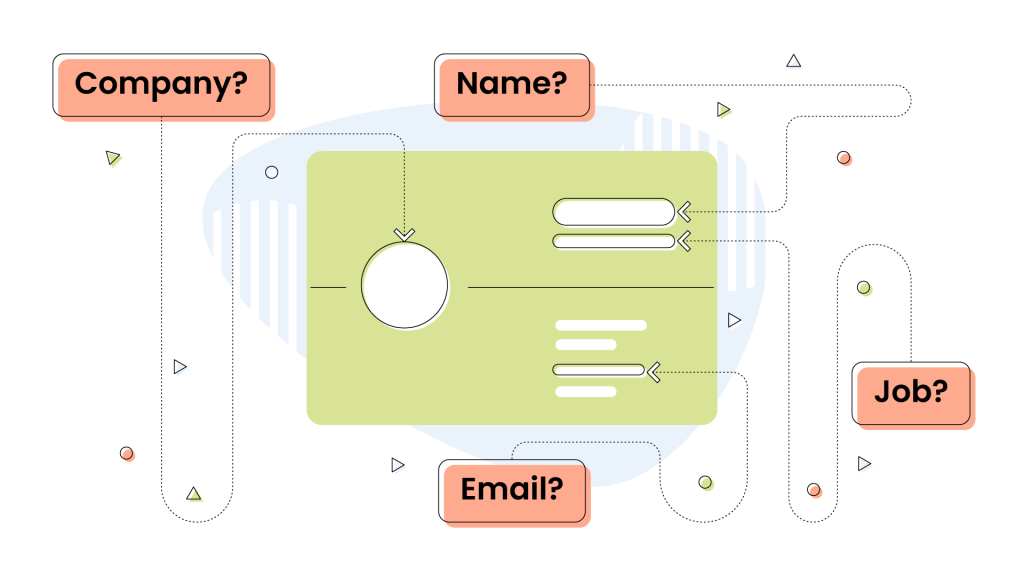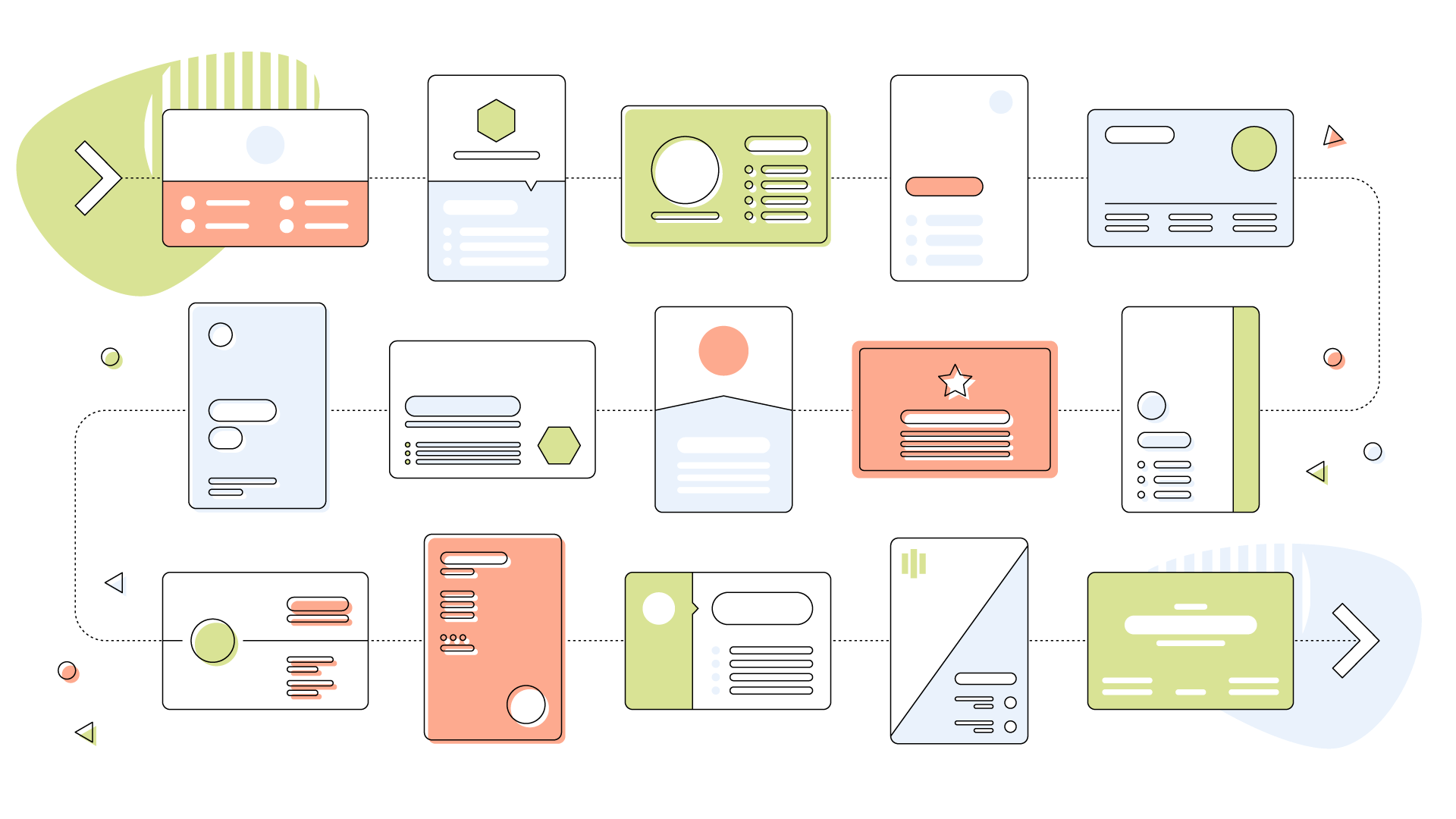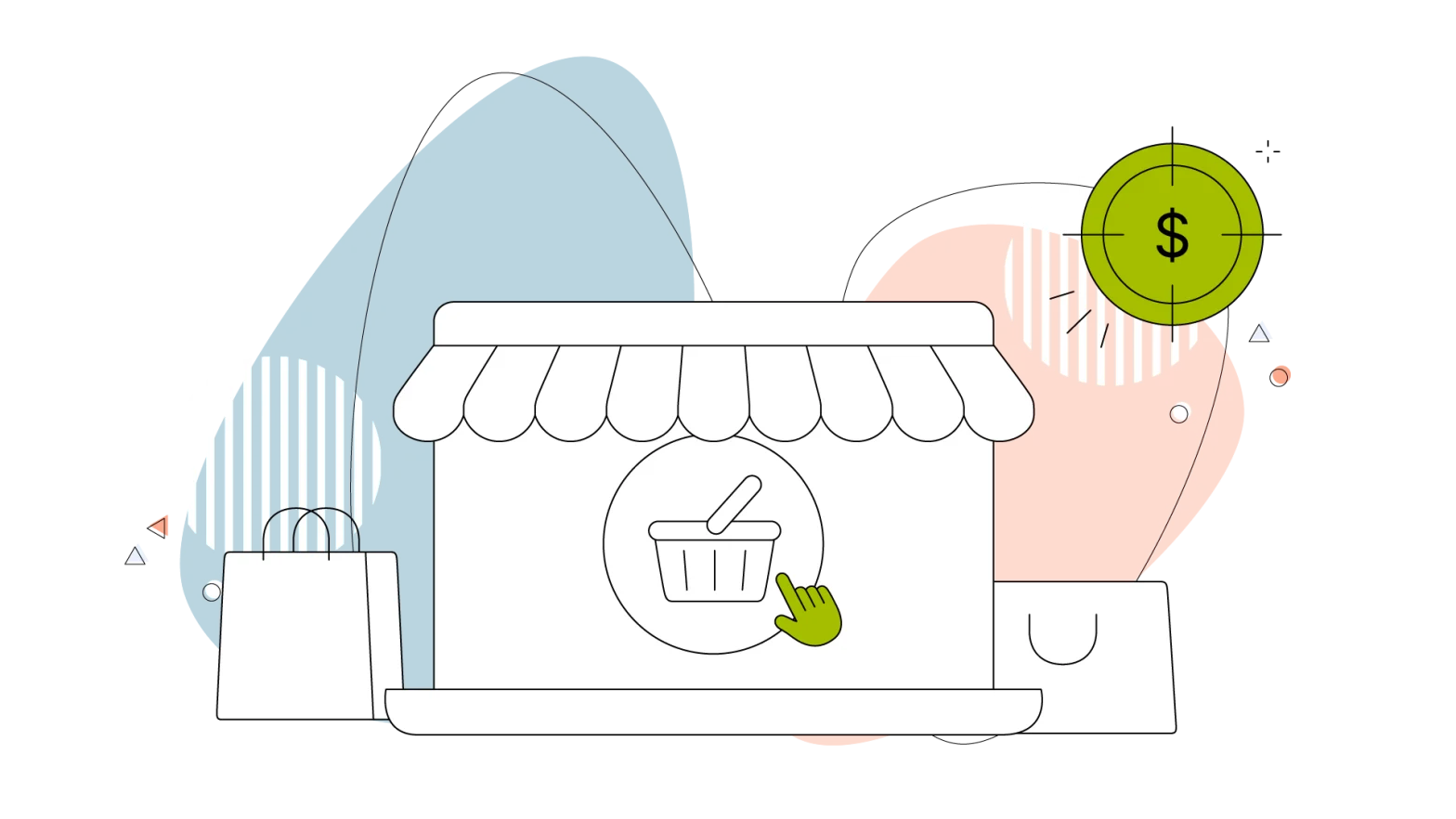Business cards have been around for more than 200 years. Before settling with that name, business cards have been called calling cards or visiting cards in the past.
Today they’re featured in almost everyone’s marketing armoury, but their purpose hasn’t changed in all that time. Business cards are a great way to introduce yourself and what you do to a target audience.
As a traditional printed media, business cards are far from lost in the past, even though we live in the digital age. Online newspapers, magazines, and especially social media have reduced the need for printed media, but this hasn’t significantly impacted business cards. And there’s a reason for that.
Business cards are more than just a tiny piece of paper containing information about a company or an individual. They’re crucial for reaching potential clients and securing business ventures in the real world. And that is why they remain relevant today.
- Why It’s Important to Have a Business Card
- What Should Be on a Business Card?
- Digital Business Cards Exist
- How Do I Make Business Cards Interesting?
- What Should I Not Put on a Business Card?
- What Software Should I Use to Design Business Cards?
Why Is It Important to Have a Business Card?
Growing your brand name means using all of the available resources and channels at your disposal. Social media as a marketing tool is one straightforward example, but this isn’t enough, even in the era of digital marketing.
Using business cards is an equally important way to attract more customers, as in the digital space. It’s a form of in-person marketing!
You can create business cards to promote your occupation in exhibitions related to your industry, events, or other business meetings. People in your industry still use business cards as a tool to connect and grow their connections.
It’s fair to say that well-thought and well-designed business cards are essential to your real-world exposure, so you need to make the most out of them.
What Should Be on a Business Card?
One excellent question people ask is “what should be on a business card?”
People tend to read business cards while they’re sorting through them. You want yours to remain in the stack. It should have meaningful information about your business while keeping it simple for someone to read.

Business Logo, Name, and Tagline
Showcase your company’s logo on a visible spot, such as the top or sides of the card. A well-placed logo gets the first sight quickly while having more design elements like graphics is a plus.
Apart from the business logo, the brand’s name should also be present on a prominent spot on your business card, though that depends on what information the logo contains. Having the brand name or trademark written down makes it easier to read and remember later.
Taglines are also useful information if your business has one. For example, if the tagline is under the company name or logo, it should be placed there. Remember to keep the brand’s image simple and aligned with all the other media for cohesion.
Your Name, Title and Contact Details
Of course, you shouldn’t forget about yourself, even though it can be easily overlooked. For the job title, pick the one that describes your role best. Keeping it simple means creating an effective business card that tells people about your role in the company.
Your Email or Physical Address
Adding your contact information is a no-brainer if you want people to reach out to you. Your email or physical address is a great way to make that happen! Physical addresses are often not needed, especially for professionals working online, but they can come in handy if you’re involved, for instance, in the retail business.
Try to use direct means of communication, like a work email or phone number, for people to speak with you directly, but stay professional and avoid giving away your personal email or phone number.
Social Media Handles
Technology has brought us advancements like social media, which can be practical for direct and informal communication between professionals.
Some professionals will positively take your social media involvement and choose to contact you there instead of sending an email or calling you. These are some of the many positive aspects that social media has brought.
So, if you’re active on LinkedIn, Facebook, Instagram, or X, ensure you include it on your business card.
A QR Code
QR codes are trending in every direction. They are barcodes containing a message, usually a URL to a specific page or numbers that could correspond to anything like a phone number. You see them on the packaging, ads at the bus stop, and actively used by thousands of companies worldwide.
Adding QR codes is worth it if the space on your business card is running out or you opt for an alternative business card layout.
If you own a personal website, you can embed a landing page where visitors can learn more about you by scanning it with their phones. A QR code can lead people to your social media or point to your email address. The possibilities are endless here. And yes, QR codes can be easily created too, using any of these best QR code generators.
Should I Put My Picture on My Business Card?
A business card isn’t only about the brand’s image. A self-portrait or a stylized photo of yourself could bring a more personal touch and unearth your human self. Furthermore, text-only can be overwhelming for many people, so placing a picture of you can create a more natural connection with your audience.
Putting your photo on a business card also depends on the industry you’re involved in. A retail business owner can benefit from using a picture of them, and it helps by showing everyone that there’s a face behind the name.
For example, suppose you’re a hairdresser or a baker. In that case, a picture of you might make sense, as looking at the professional can help connect with potential customers in a different, more natural way.
Digital Business Cards Exist
For people who want something different, digital business cards are a decent backup plan, and they come in many shapes and forms, metaphorically speaking.
These are a great way to showcase yourself as a solopreneur, blogger, or photographer. Digital business cards require no printing, which means they are environmentally friendly.
Usually, you can create one online or through the countless apps available for smartphones, while many embed any pertinent information in convenient QR codes.
How Do I Make Business Cards Interesting?
There are more than a couple of things that make a good business card. Let’s go through all of them below.
Take a Professional Approach
A professional approach means keeping the design simple and elegant. A plain piece of paper, a soothing colour, your name, title, and contact details are all you need. Your business card can reflect your professional self.
That’s enough to convey a more serious image and show that you’re a professional who knows their craft inside and out.
Be Creative
Although this can be used for a professional stance, being creative defines a “catchy” business card.
Using bold colours, handwritten text and a couple of design elements are some excellent creative examples that can make a catchy and memorable business card. Remember that handwritten text is mainly suited for creative professions like painters and photographers, but creativity has no boundaries. Look at what’s best for your line of work.
Combine Images of Your Work
That’s another critical piece of information you could add to your business card. If you’re a freelance photographer or graphic designer, try using some of your past work as a backdrop. It’s a great and creative idea.
Alternatively, you can experiment with full-width images with many projects in your portfolio. If you like this idea, consider how your image will look with text around it. You want to make an impression, although the result must be enjoyable to read.
Remember to Use Minimal Designs
Adding loads of things on your business card can lead to a clutter of information. Business cards tend to have just the basics, so choosing the proper layout and design can lead to lots of juggling with fonts and design elements.
Sometimes less is better, and that applies to business cards, too. You’ll be surprised what designs you can create with just one font, one colour and only one design element.
Choose the Font that Describes Your Work Best
That leads us to the importance of typography. Fonts are subjective, but there are some soft laws you can follow so you can use fonts better on the next project.
For example, you can use handwritten fonts if you run a flower shop or a pottery shop. On the other hand, Bold typography is more suitable for professionals that want to draw attention through a phrase or tagline.
Some types of fonts play along well with each other. Choosing the same font for everything can create a coherent result, but try experimenting with different font weights and types to get the best look.
Use Horizontal And Vertical Text
Thinking outside of the box will help produce some great results. And that also applies to business cards. Using horizontal text is extremely common, but try testing with vertical text and check the results.
Placing content like your name and role in non-traditional places can still lead to elegant and readable results while your potential clients remain glued to your business card for longer.
Going Vertical Is Just a Matter of Perspective
Why stop at the font? Use a different angle and rotate the business card by 90 degrees to unlock your creativity. Then use the same information as in any other design.
Experiment with image and text placement while you’re at it. This stylish approach is most suited for creative professionals and people who have lots of information to share.
Choose Colours That Compliment Each Other
Colours can create emotions, so why not use them to your advantage? Use colours that work well with each other to create a cohesive and true image of yourself.
Colours can express emotions. Pastel colours are an excellent way to convey emotion and add some personality to your business card. Try to find duotones or palettes that work well together with the help of online tools like Coolors.co.
Experiment With Different Materials
So far, we have addressed tips to make your business card interesting, but what about the actual physical aspects?
Combine elements of your craft with details taken from your business. Picking discrete materials can boost the image of your business card, making it stand out. For example, use shiny accents on your business card if you own a jewellery store to make an impression.
You can try experimenting with embossed aesthetics on a business card to tell a story and trigger emotions through the touch. Embossed cards are usually more expensive to make, but it’s a good way toward a professional look.

What Should I Not Put on a Business Card?
Creating your business card yourself means you’re responsible for every error you make. Here are some bullet points that don’t belong on a business card.
- Typos and punctuation errors: Run your copy through spell check tools to remedy any typos.
- Text that’s difficult to read: Make sure you use the right fonts and font sizes.
- Personal information and hobbies: These aren’t related to your business, so they shouldn’t be on your business card.
- Low-resolution images: Bad and pixelated images can look unprofessional, so double-check that you have high-resolution files at hand.
What Software Should I Use to Design Business Cards?
Although specialized software for designing business cards has some limitations, designers tend to use industry-standard solutions like Adobe Illustrator or Photoshop to suit their needs better.
Because of the nature of the project, you should look at the software that can work with vector graphics so that you won’t sacrifice detail on your final product. Vector graphics can scale well on any resolution, and because of that, they’re primarily used for printed media and advertisements.
Final Thoughts
Our closing thoughts are that business cards still matter, even more so today. A business card in the digital age gives people a more personal character while creating genuine connections between professionals.
Along with their small cost, business cards can be the most effective way of marketing your business in a meeting or exhibition. And most importantly, it gives an excellent impression to someone that meets you and your business or company for the first time.
If you want to find more about how to create and print business cards, check our 10 Best Online Business Card Printing Services blog to choose the right one for you.




